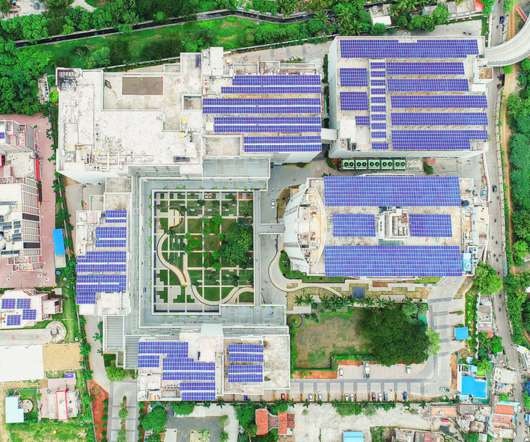Tsinghua/Argonne Study Finds That Mass Use of EVs in China Could Result in Higher CO2 and Criteria Pollutant Emissions Than Conventional and Hybrid Gasoline Vehicles Due to Coal-Fired Generation of Electricity
Green Car Congress
MAY 25, 2010
Fuel-cycle SO 2 emissions of EVs compared to those of gasoline ICEVs and HEVs in China, current (left) and future (right). The study examined the fuel-cycle CO 2 , SO 2 , and NO x emissions of EVs in China in both current (2008) and future (2030) periods and compared them with those of conventional gasoline vehicles and gasoline hybrids.


















Let's personalize your content